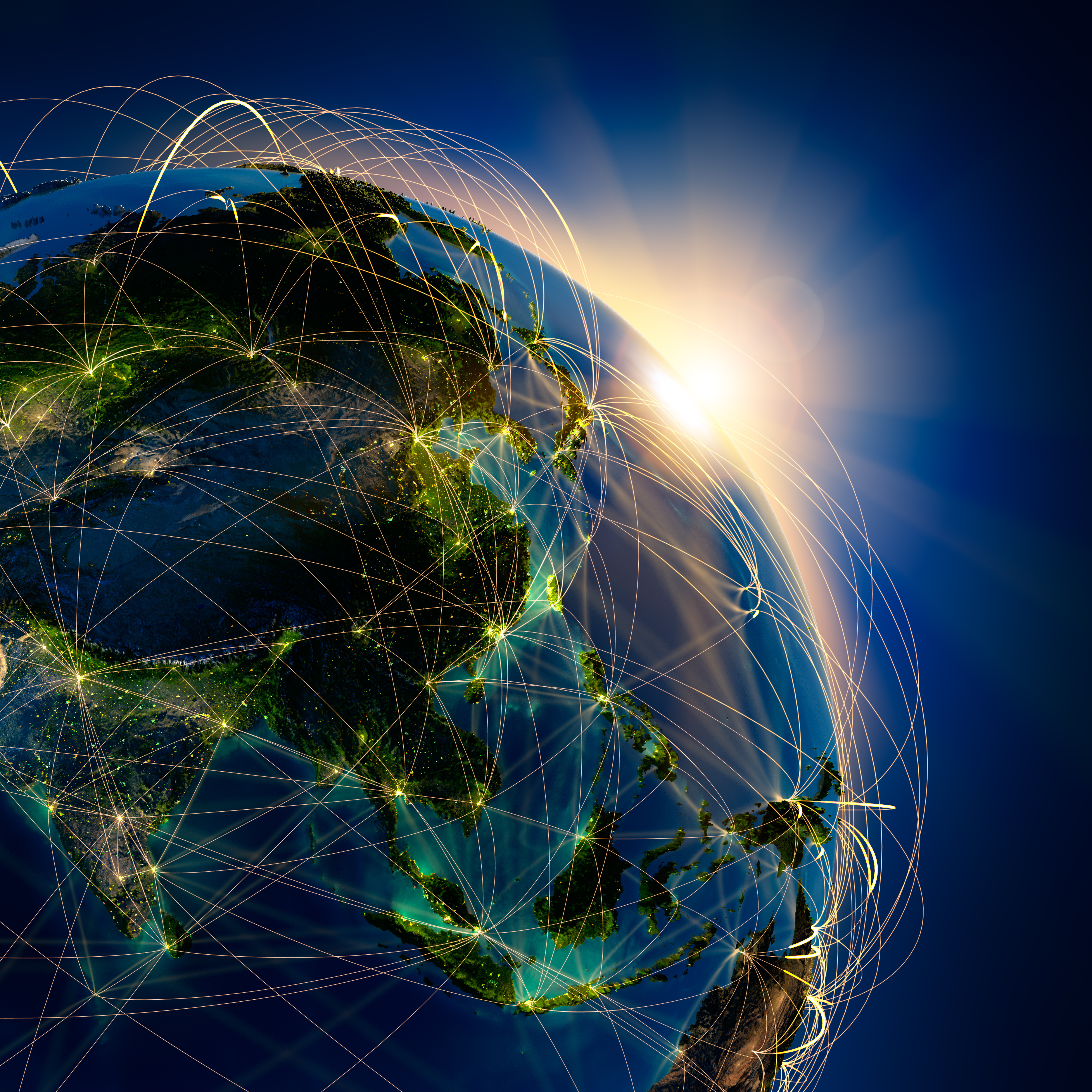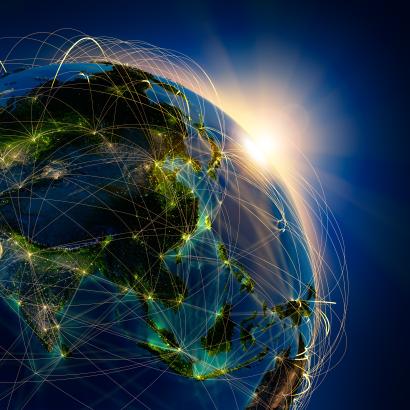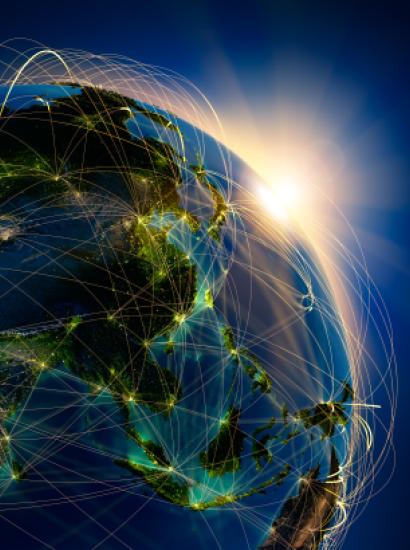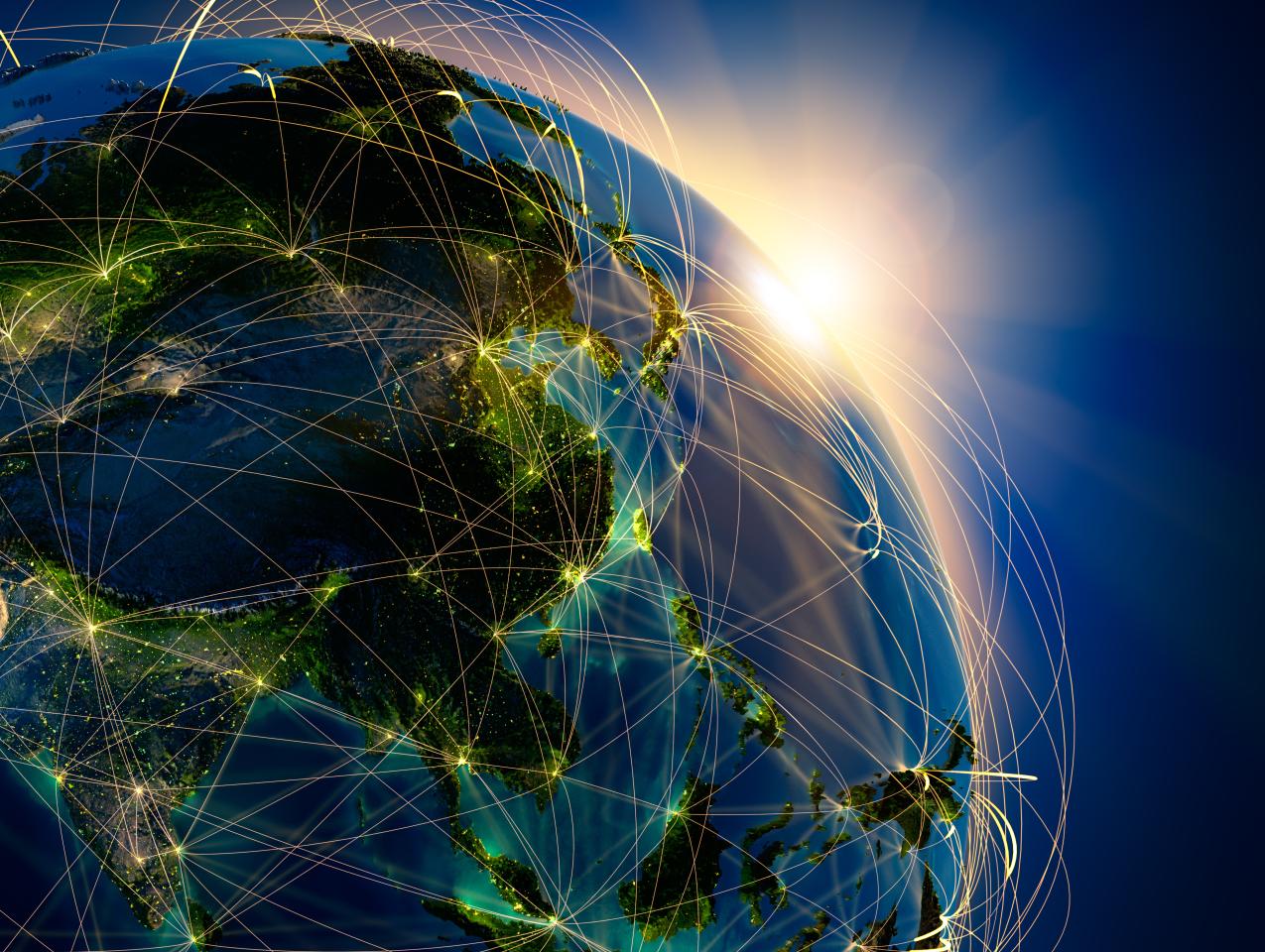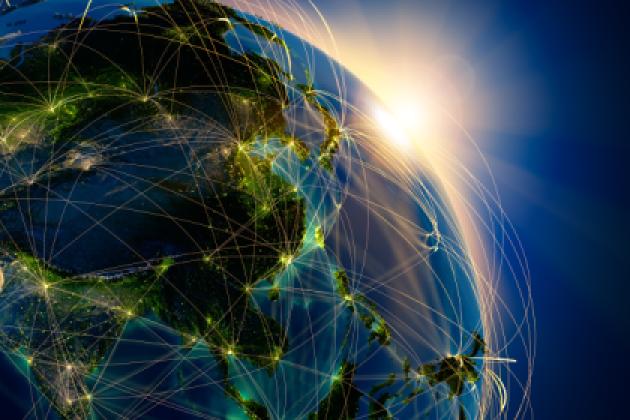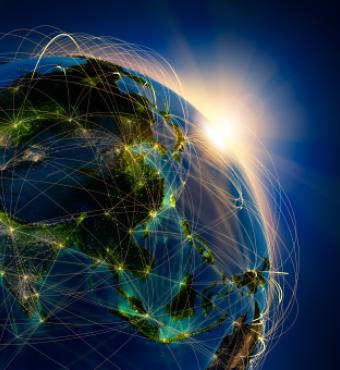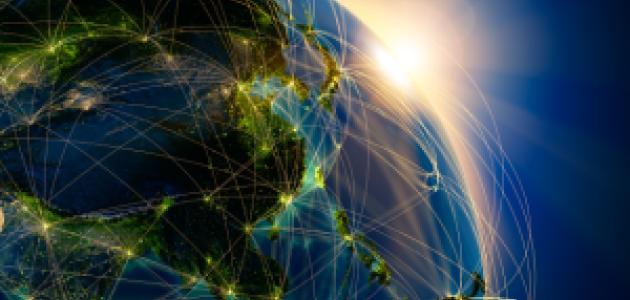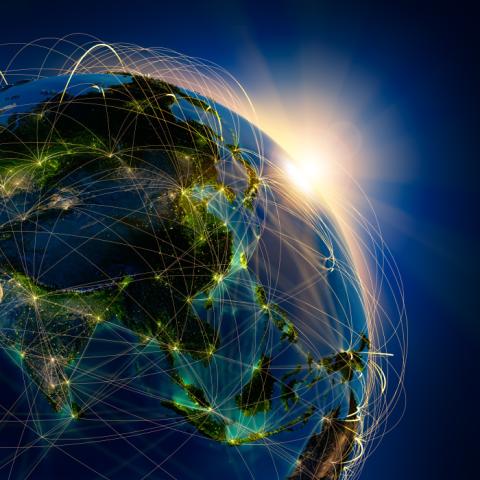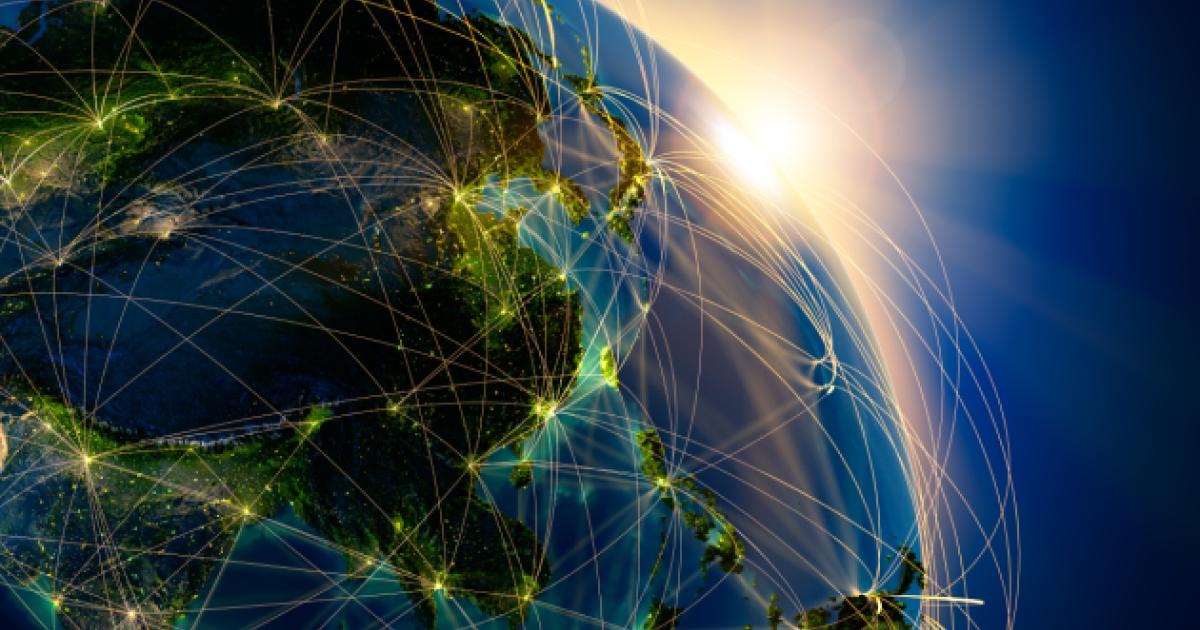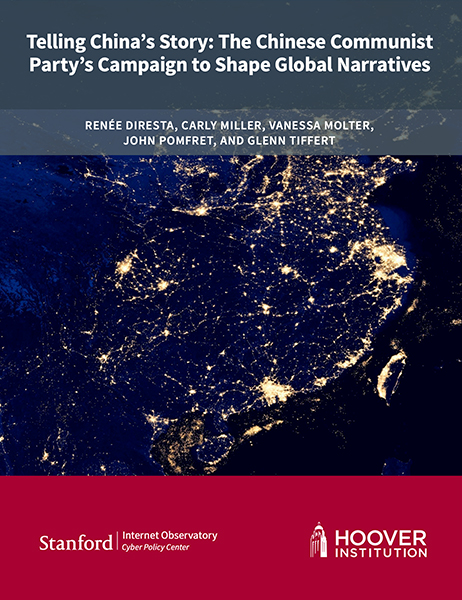- International Affairs
- Key Countries / Regions
- China
Well-resourced countries have demonstrated sophisticated abilities to carry out influence operations in both traditional and social media ecosystems simultaneously. Russia, China, Iran, and a swath of other nation-states control media properties with significant audiences, often with reach far beyond their borders. They have also been implicated in social media company takedowns of accounts and pages that are manipulative either by virtue of the fake accounts and suspicious domains involved, or by way of coordinated distribution tactics to drive attention to certain content or to create the perception that a particular narrative is extremely popular. This raises an important question: how do state actors with full-spectrum propaganda capabilities put them to use in modern-day information operations?
While some of the technologies involved in today’s information campaigns are new, the strategic thinking and ambitions behind them are well established. This is particularly true in China, where the Chinese Communist Party (CCP) has long prioritized disinformation to advance its domestic monopoly on power, claims to global leadership, and irredentist aspirations. It has built a sprawling infrastructure for manipulating information and disseminating its preferred narratives both at home and abroad through instruments such as print and broadcast media, people-to-people exchanges, and networks of groomed surrogates. Today’s emergent technologies are enhancing those longstanding capabilities, enabling greater velocity and virality, and offering access to new audiences and ways of spreading information.
This spectrum of capabilities, and the expansion of influence activity beyond its borders, has begun to invite comparisons to Russia. For instance, both use hybrid strategies that leverage social media accounts in concert with state media, and both have modernized the analog concept of “agents of influence” by creating fake personas on social media platforms.
Yet, significant differences remain. First, China has generally taken the high road, projecting to the world a confident, inspirational image of the country and its leader, Xi Jinping. By contrast, Russia has aimed lower, destabilizing adversaries by covertly fomenting chaos within their borders. Second, China maintains a unique, parallel information environment in which the Party-state communicates to an international audience on popular global social networks (such as Facebook, YouTube, and Twitter), while its residents participate nearly exclusively in Chinese state-approved communities (such as Weibo and WeChat). China operates surreptitiously across all of these social platforms, using paid commenters and fake accounts to spread disinformation and preferred messages in an unattributed fashion.
Third, China’s online activities frequently support offline influence operations that make extensive use of in-person networks of human agents of influence, overtly attributed state media in English and other non-Chinese languages, and “grey propaganda” with less obviously attributable ties to the mainland. This robust and well-resourced collection of tools should equip China to execute integrated influence operations on a scale that Russia cannot match. And yet, we find that some of China’s capabilities are deployed in surprisingly imprecise and ineffective ways.
In light of the preceding differences, a deeper dive to analyze China’s operations on its own terms is necessary. Understanding the impact of technological innovations on China’s influence operations, and how its capabilities are being deployed, is the focus of our work. This paper assesses China’s media and social media landscape and seeks to answer a broader question about China’s activities: what is the scope and nature of China’s overt and covert capabilities, and how do those capabilities complement one another? To answer this question, we will evaluate capabilities via three case studies: The first will assess China’s influence operations related to the Hong Kong protests in 2019-2020—the first time social network companies took down and publicly attributed accounts to China. The second case study will analyze China’s activities during Taiwan’s January 2020 election. The third case study will look at public diplomacy around the COVID-19 pandemic and China’s efforts to control the narrative via both covert and overt means. In each of these cases, we will consider activities spanning both media and social media. Finally, we will apply a comparative framework to contrast China’s activities with Russia’s to better understand how these actors operate now, and to consider how China may continue to evolve.






